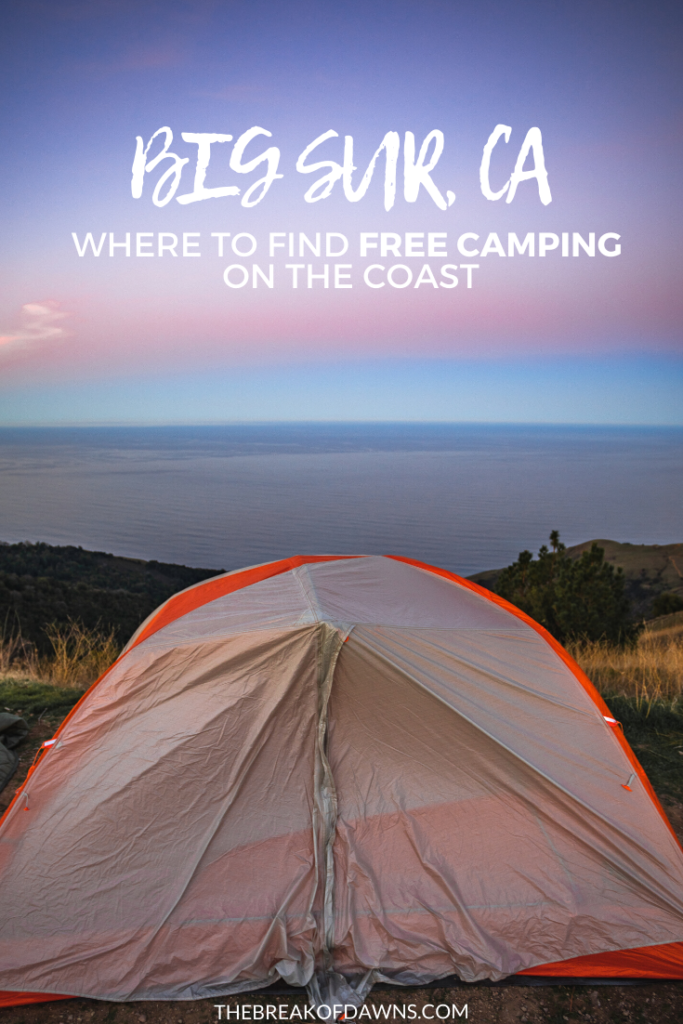
California has treated me beyond well since moving here a few years ago, especially with the epic camping spots complete with million dollar views. As anyone who has been to the west coast knows, the Big Sur area is beyond one of the most gorgeous stretches of land on the Pacific. I thought it’s now a fitting time to share my favorites out here, beginning with the best places for free camping in Big Sur.
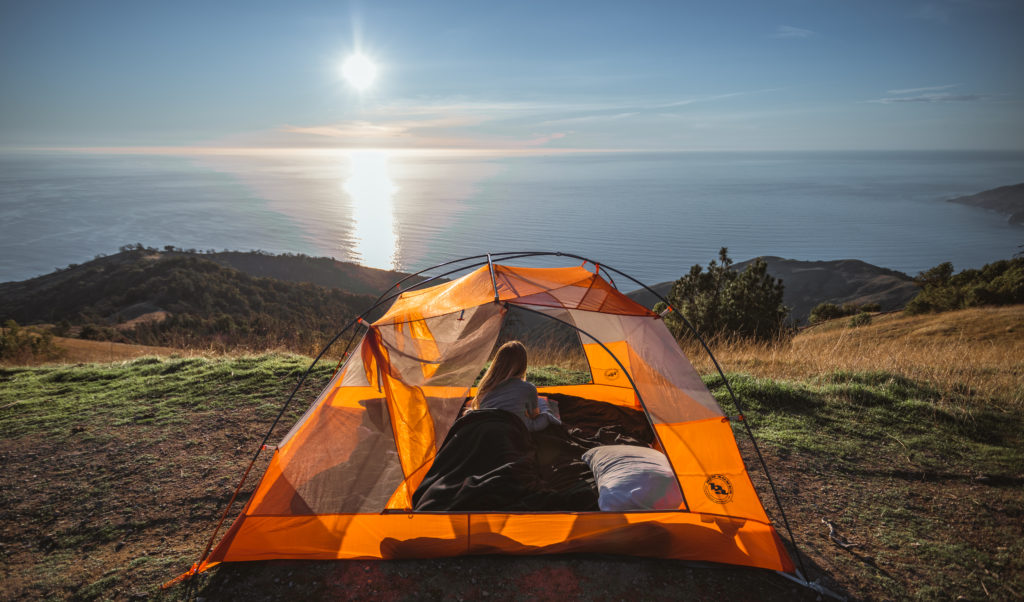
How to Find Free Camping in Big Sur
Finding free camping in Big Sur definitely isn’t an easy task. With private and state-run campgrounds all along Highway 1, it’s seemingly impossible to find a front-country camping spot that’s free yet doesn’t lack in views of the Pacific.
For complete campground information in Big Sur, click here
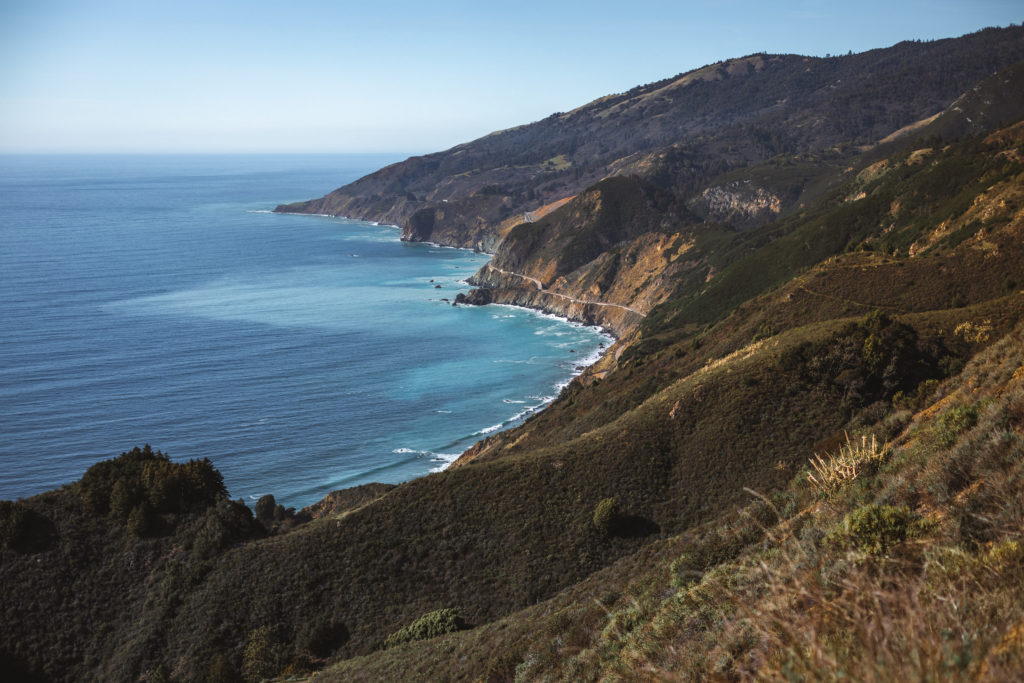
Since it’s illegal to car-camp along any road within this county, including Highway 1, we’ll have to travel a bit further for free camping. That brings us to the intimidating Nacimiento-Ferguson Road. This drive is no doubt one of the most epic drives that exists off of Highway 1. Almost immediately after leaving the Pacific Coast Highway, the road begins to gain elevation as it twists around the cliff edges, rarely straying away from those stunning Pacific Ocean views.
Embarking on a Highway 1 road trip? Don’t miss the best stops along the way here!
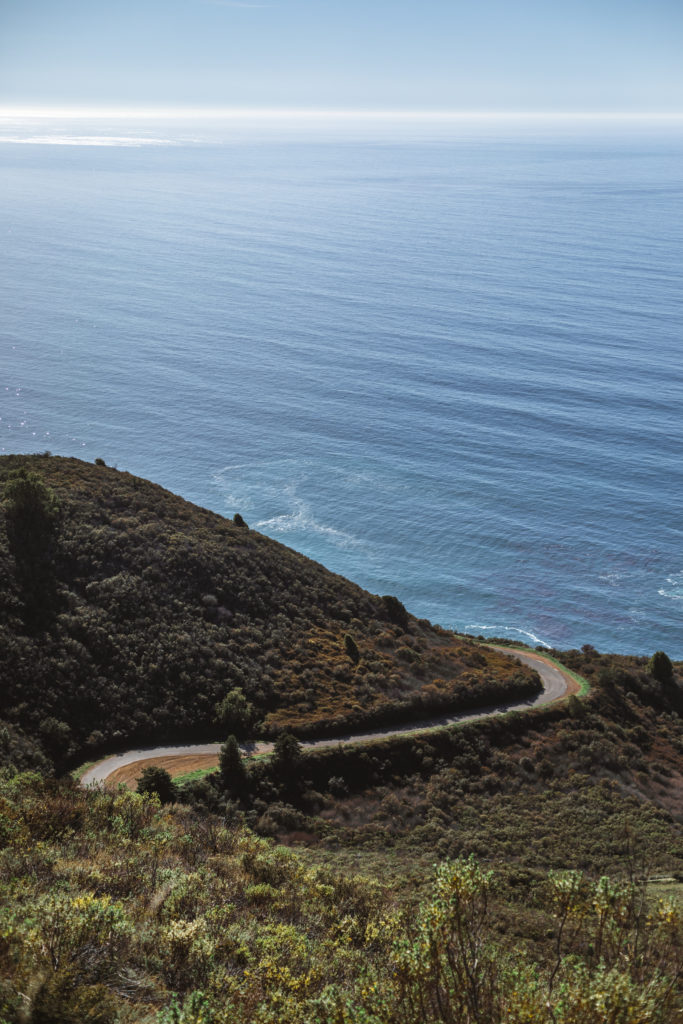
It’s also illegal to camp along Nacimiento-Ferguson Road unless you’re in a designated (paid) National Forest campground. Because of this, we’ll have to take the unpaved Forest Routes to find a free spot. But first, there are a few things to be aware of for this drive:
- The Nacimiento-Ferguson Road can be very intimidating. If you feel unsafe driving on mountain roads, these camping areas aren’t for you.
- Do not make this drive at night. With massive cliff drop-offs and lack of guardrails, it’s an accident waiting to happen for those who are unfamiliar with the area. The first time we drove it, it was pitch black outside with intense fog. Let’s just say we’d be happy to never experience that again.
- A 4-wheel drive vehicle with well-treaded tires is pretty much required for these drives, especially after a fresh rainfall. The unpaved forest routes are very intense with big rocks and large holes.
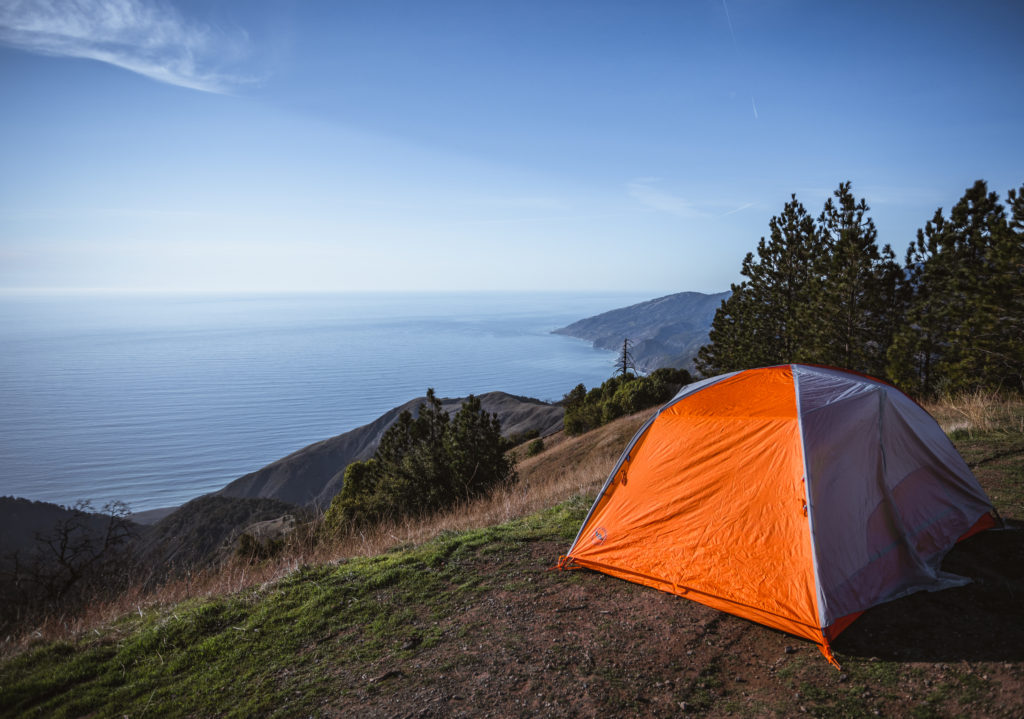
The Various Free Campgrounds in Big Sur
Along these Forest Routes we can find our free camping spots. One of my favorites that you have to hike into is the Gamboa Campground off of the Cone Peak trail. With the most stunning panoramic views of the Pacific Ocean, you’ll soon see why these are the most epic spots for free camping in Big Sur.
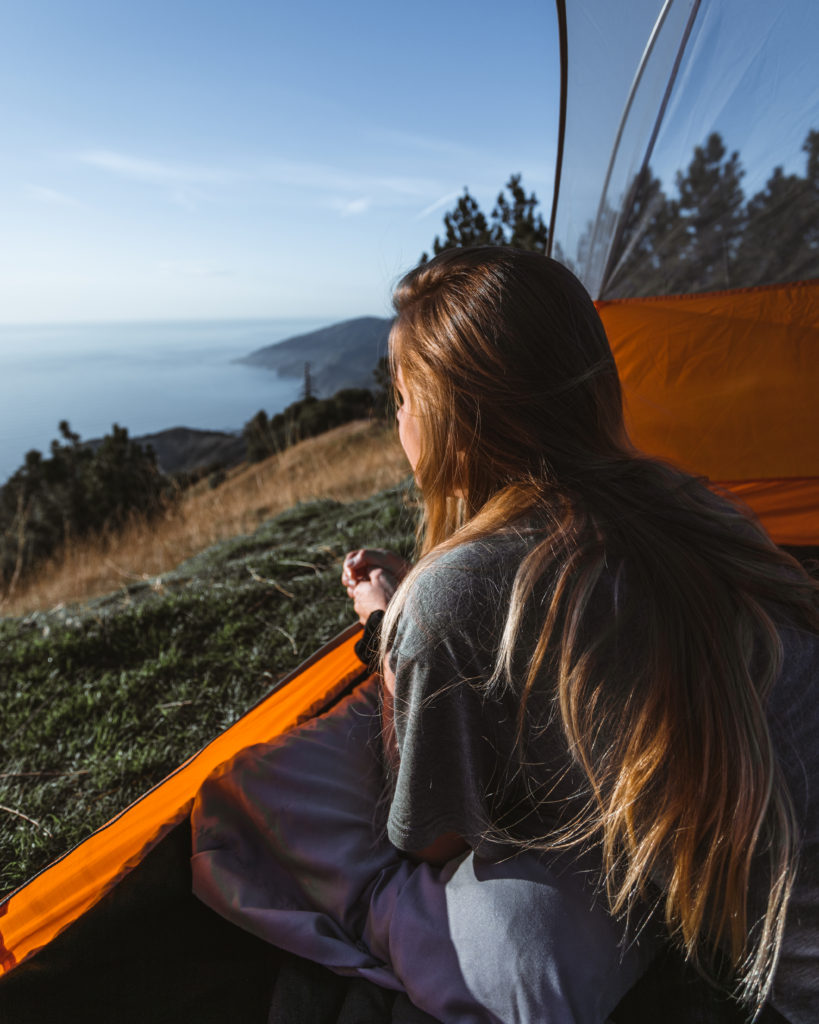
It’s important to note that fires are not permitted at any time here in the National Forest area! The Big Sur region, along with most of California, is extremely prone to wildfires so be sure you’re following the guidelines and helping to protect our community.
Need some camping gear? Check out my favorite backcountry camping products here
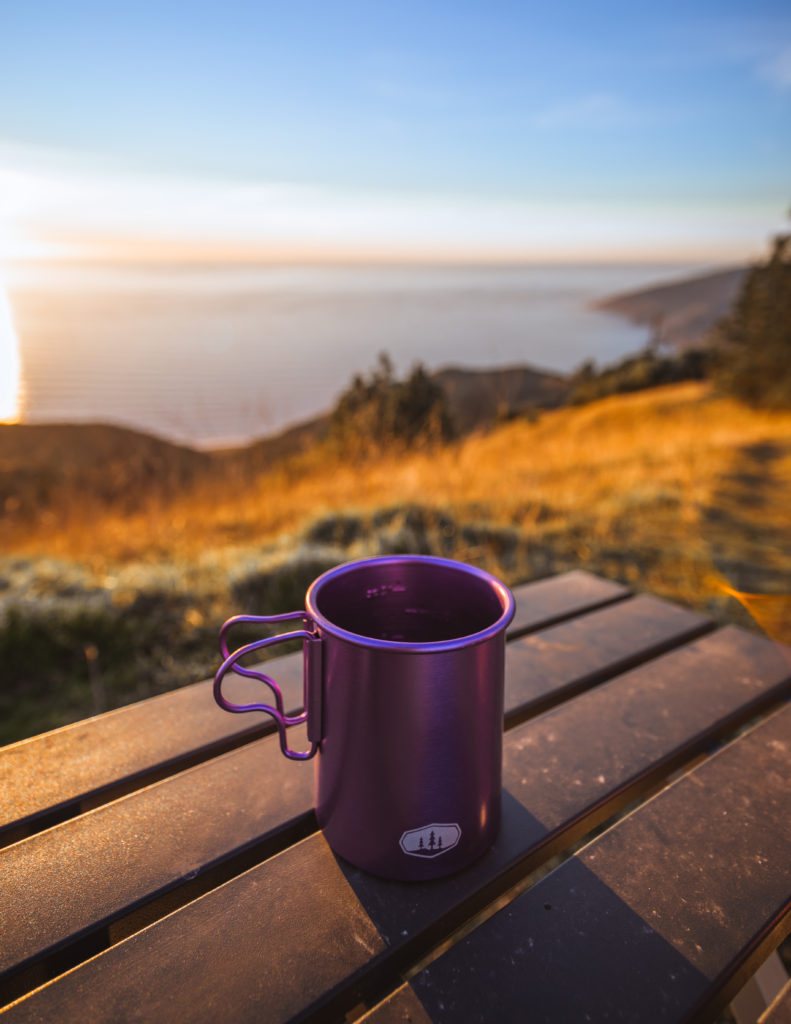
There are no restrooms, fire pits or trash cans at any of these primitive camping spots. As always when in the wilderness, you must abide by the Leave No Trace Principles while camping here.
Learn more about Leave No Trace here
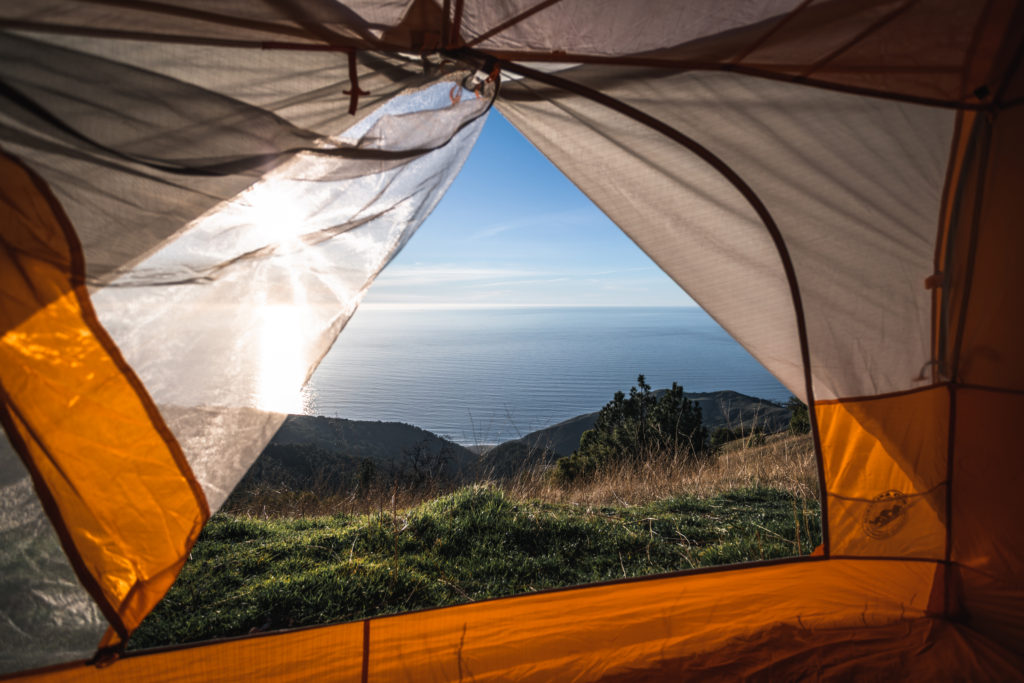
Be sure to check out my California archives here for more first-hand experiences and tips for exploring!
Like This Post? Pin It!
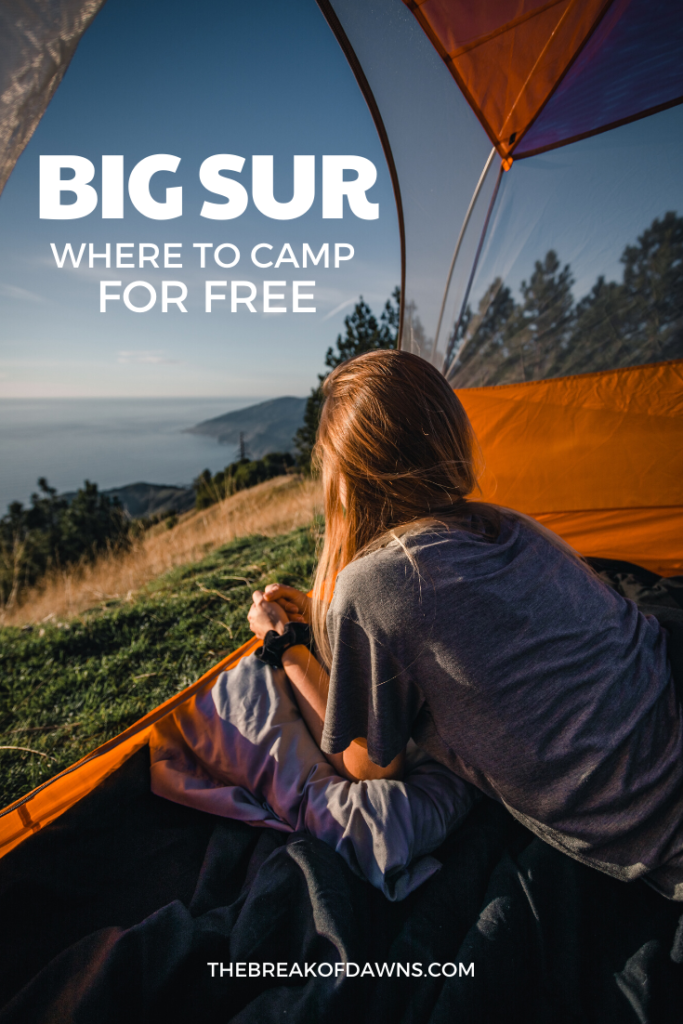
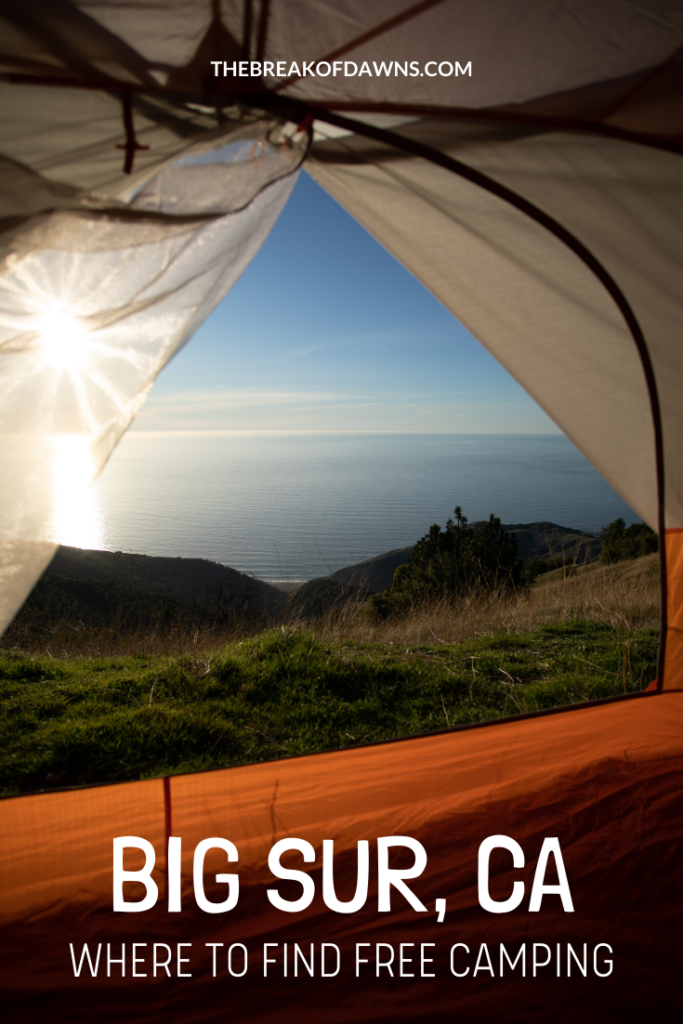
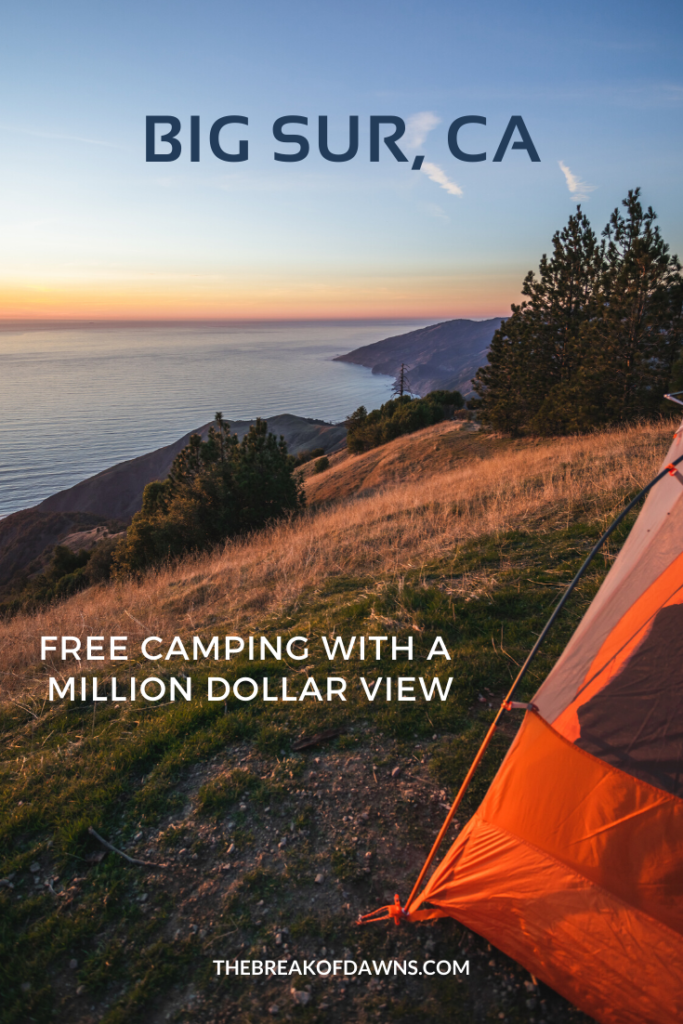
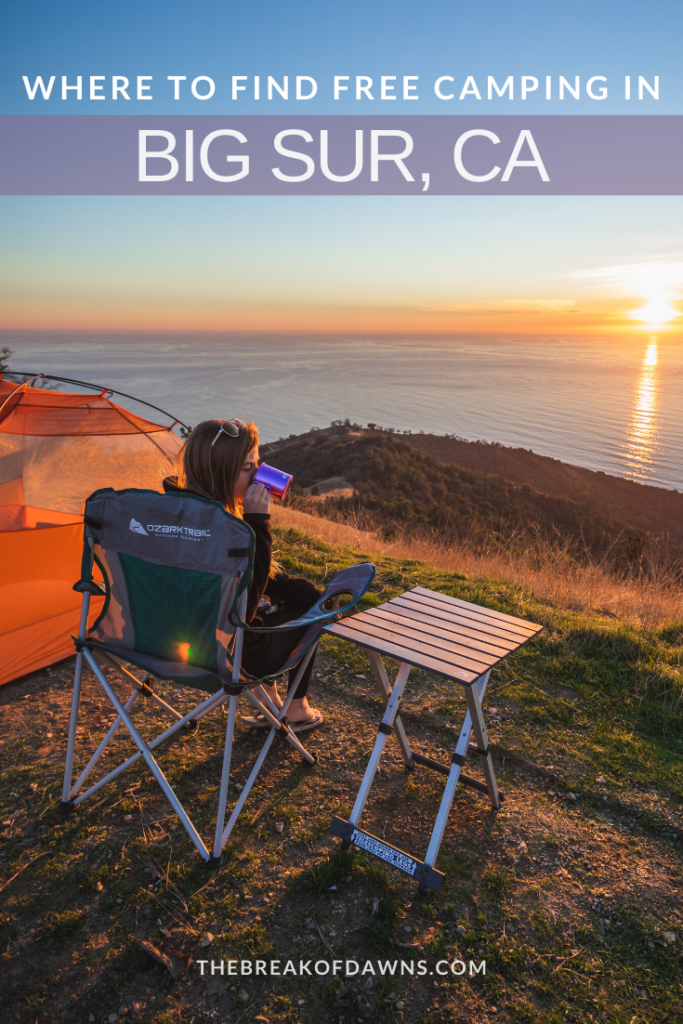


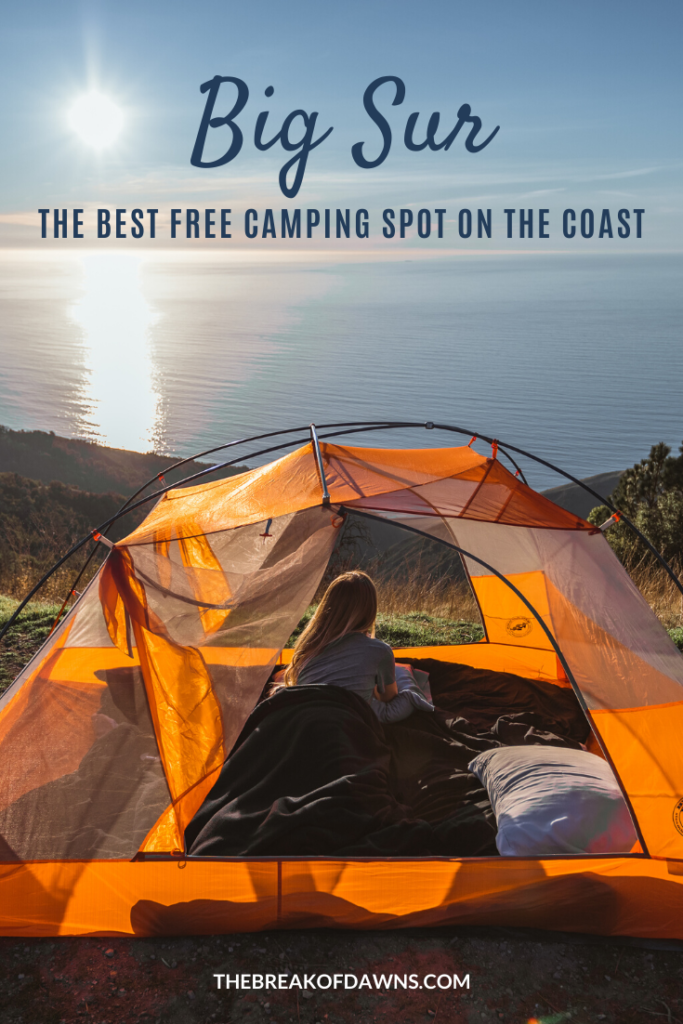
| This post contains affiliate links. At no extra cost to you, if you purchase one of these products I may receive a small commission. This helps me maintain my blog as a free space to you. Check out my Disclaimer for more info.


Hello I hope you are aware that anywhere in Monterey county, it is illegal to camp on the side of the road unless it is a specified campground. By reading your post I see that you are encouraging people to break the law and camp illegally on the pullouts on nacimiento Ferguson. Not only is it illegal, it is also incredibly dangerous as many people start ILLEGAL campfires with firewood which is a huge risk for wild fires. You should be ashamed of advertising this as “free camping” and putting this beautiful place in danger. There has also been growing amounts of human feces on this road so next time you visit it may not be the beautiful place you remember. Who know’s they may even close the road. Hopefully that doesn’t happen and hopefully there’s no fires since, you know, that area of Big Sur has high fire danger.
Hi there. Your comment suggests to me that you did not even read the post. I specifically stated multiple times that it’s illegal to camp alongside the roads here. Examples: “Since it’s illegal to car-camp along any road within this county, including Highway 1, we’ll have to travel a bit further for free camping.” And also, “It’s also illegal to camp along Nacimiento-Ferguson Road unless you’re in a designated (paid) National Forest campground.” Never once have I ‘encouraged people to break the law and camp illegally on pullouts.’ I am quite aware of the laws of this area and I always preach the Leave No Trace Principles and I ALWAYS explore responsibly and encourage others to do so. Also, I specifically stated that all campfires are illegal, which is directly quoted here: “It’s important to note that fires are not permitted at any time here in the National Forest area! The Big Sur region, along with most of California, is extremely prone to wildfires so be sure you’re following the guidelines and helping to protect our community.”
By having a post like this published publicly, it gets the information out there on what not to do in this area, which I noticed was lacking anywhere on the internet. With that lack of information on what’s illegal and what’s not, you would have undoubtedly seen a rise in irresponsible travel in this area. Now, those seeking information on this topic can obtain a resource that lays out the ground rules.
I have already discussed this post in its entirety through email with a local of the area as well as the BST organization and it has been edited accordingly. I am suggesting people to take advantage of hike-in campgrounds like at Gamboa off of the Cone Peak Trail.
I appreciate your love for the area and your efforts to protect it; I am also doing the same by having active conversations with people about how to protect our communities and prevent irresponsible outdoor travel.